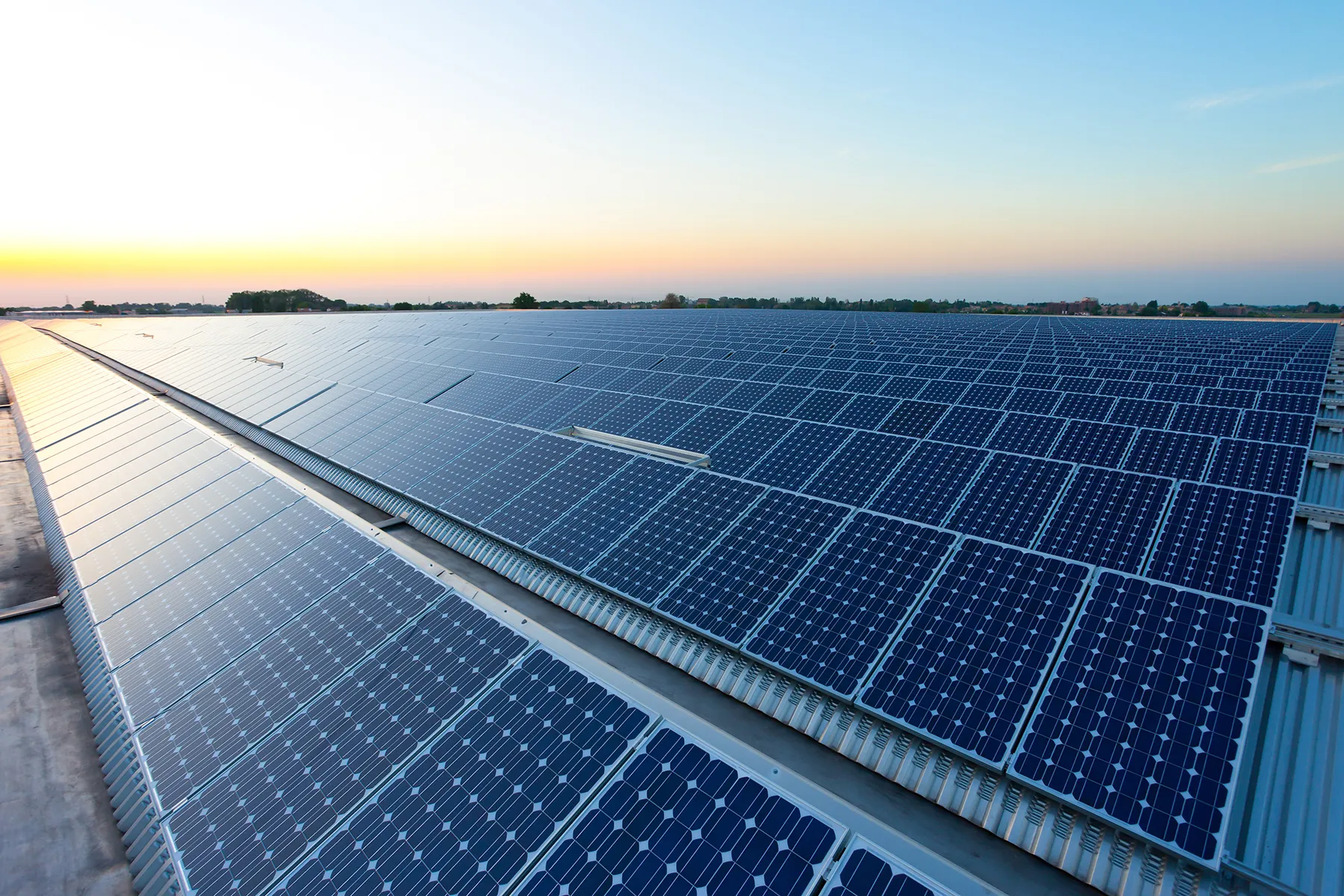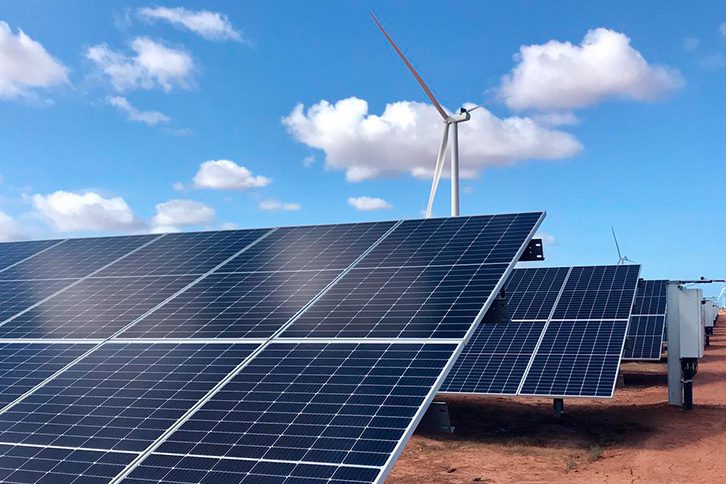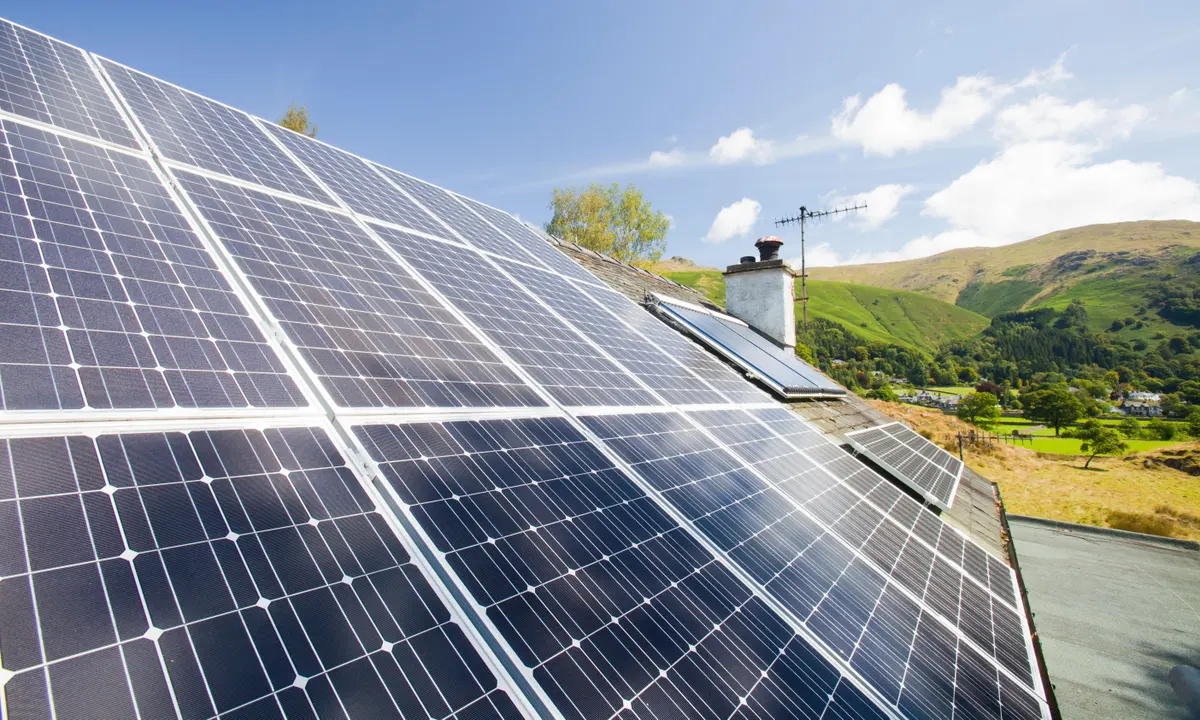Structural Integrity Assessment
Before getting solar technology integral in historical buildings, it firstly requires an assessment of the structural integrity. It's also important that engineers conduct extensive inspections to determine if the building can bear the extra load of solar panels. If you find a property that fits your criteria to be worth a closer look, you may then need to inspect the condition of the roof, the state of repair of the foundations and loadbearing walls. At the Palazzo Vecchio in Florence, engineers used a sophisticated 3D laser scan to fully map the stone structure before taking the decision to go ahead with the solar installation.
Material Compatibility
It is important to use materials compatible with historical buildings when constructing a solar installation. Non-penetrative mounting systems that use weights to secure panels in place can be useful for delicate roofs where drilling into old masonry is to be avoided. For the California State Capitol Museum, the solar panels were mounted with special supports that were custom designed to match the building's slate roof tiles.
Aesthetic Considerations
One of the most important things to consider is the aesthetic effect on historic buildings of adding a solar panel. PlacementPlaced , panels are barely visible. The building will keep its historic look despite using solar power, its copper panels masking the renewable energy components. Saint-Gobain Abbey, France: Solar panels have been been installed on other parts of the roof that are less visible, leaving the château looking as it might have in medieval times.
Regulatory Compliance
One of the major challenges in working with Historic buildings is implementing solar technology so Morrissey says navigating the regulatory landscape can be difficult. The preservation of historical constructs is important and any project will need to comply with municipal, state, and federal laws when it comes to this issue. In Boston, solar panels on the Boston Public Library would require approvals from both the city's Landmark Commission and the State Historical Preservation Office, as one example.
Long-Term Maintenance
For solar installations in heritage buildings, maintenance plans should consider the characteristic age and design of the building. This is to ensure the solar technology does not damage the strength of the building; regular maintenance. At the Alhambra in Spain, there is a team specially tasked with going bi-annually to check the solar panels placed on the roof so that the orientation and inertia of the mounts and panels do not harm Islamic architectural elements.

Visual Compatibility Analysis
A visual compatibility assessment becomes relevant to be able to accommodate photovoltaic panels on top of historical buildings without compromising their visual and historic significance. Numerous tools and techniques are used by architects and engineers to make solar installations in harmony with old set-ups.
3D Modeling and Simulation
In those cases, they utilize sophisticated 3D modeling tools in order to simulate what the solar panels would look like on these historical buildings. It helps stakeholders to visualize possible changes prior to the actual installation through these simulations In another case, 3D simulations were utilized by renovation project workers in the Louvre to work out how to install solar panels on secondary roofs without affecting the iconic view of the museum's pyramid.
Material and Color Matching
Where solar panels are necessary to maintain the building's appearance because they cannot be hidden, matching them in color and material to the historical building keeps disruption to a minimum. Other such projects include facade-integrated solar power cells that can be made to be textured and colored to match adjacent materials. Designed to blend with a rustic finish to make them look old and thereby sympathetically placed next to the 18th-century buildings at the Colonial Williamsburg in Virgina.
Stealth installation techniques
In order to preserve the visual qualities of historic sites, they usually place the solar panels in areas that are not visible as much to people passing by. PANELS ARE often hidden behind raised parapets on flat roofs or ground-mounted systems away from view to make them less visible. QAnd the historic California mission San Juan Capistrano hid solar panels behind tall walls so they would be hidden from visitors yet still receive abundant sunshine.
Stakeholder Collaboration
It is essential to work with preservationists, local authorities, and the community to position of these solar installations in a way that keeps everyone happy with the way they look. This shared method was crucial during the solar power installation at Edinburgh Castle, which adapted the project, based on feedback from historicist societies and the local community.
Historical Compliance Checks
Home > Community > Historic Properties > Solar Panel Compliance CheckSOLAR PANEL COMPLIANCE CHECKPINELLAS COUNTY - Our mission is to ensure that solar panel installations do not lessen the structural soundness or character of a historical property that has been designated local by the Board. All have to undergo a lengthy examination involving surveys and consultation authorities on heritage protection.
Reviews and Comment by Heritage Bodies
Compliance would involve engagement with LocaNational and Regional and heritage organisations This is in order to ensure that the proposed placement adheres to preservation guidelines. In one case, the installation of solar panels at San Francisco Maritime National Historical Park required extensive consultation with the National Park Service to adhere to preservation standards.
Impact Assessment Reports
The Impact Assessment reports are over 100 pages and are used to examine if solar installations would have an effect on the historic/ architectural significance of the buildings. More detailed reports on the property, including a visual, structural and environmental assessment. He conducted impact assessments for the Tower of London to examine how suitable solar panels are to the UNESCO World Heritage Site and its environment
Permit and Approval Processes
The route to obtaining those can be pretty complex as well as there are a stream of being approved at many degrees of federal government as well as string of lawfulness approximate it. Documentation to be submitted is prepared more cautiously as per the standards introduced by these bodies. Philadelphia retrofit, solar panel installation at City Hall (with both city Historical Commission and State Department of Heritage approvals)
Collaborative Planning
Firm principal Denis Powys says the firm joins a process of collaborative planning with architects, engineers, historians, neighborhoood groups and regulators to design projects energy goals that can be also sensitive to historical preservation needs. The process was crucial in bringing the spirit and richness of the Monticello Estate to solaration.
Innovative Installation Techniques
When solar PV is being integrated into historical buildings it is particularly crucial for these technologies to be introduce to a historic building which not only effective, but also extends minimal intrusions. These are techniques which are only architected to help you maintain the structure and the looks of the building.
Non-Penetrative Mounts
This includes the use of non-penetrative mount alternatives which do not have to be fixed to the host building with screws, thereby avoiding the need for drilling into the materials. These are usually weight-based or attach to existing structures in the building. Engineers used a ballasted mounting system that rests on the roof of the George Washington's Mount Vernon estate without any direct attachment, protecting the integrity of the original wooden structure.
Flexible Solar Panels
Another historical building-ready innovation - flexible solar panels - is the future of solar panels. The panels can even be used on curved surfaces without distorting the roofline or facade. For the ornate, domed roofs of the Royal Pavilion in Brighton, the UK's flexible solar films were a perfect choice because they can be laid flush to the roofline without detracting from the building's appearance from the ground.
Photovoltaic materials integrated
When it comes to the roof, architects recommend using integrated photovoltaic materials like solar shingles or tiles, which are meant to take the place of traditional roofing materials yet generate energy, without compromising the site's historical aspect. Utilizing solar tiles with color and texture that is identical to the original tiles to seamlessly fuse with the historic architectureThese roof-integrated solar generation systems were used on the Château de Chambord in France, where they are almost entirely concealed.
Customized Panel Designs
Solar panels with tailored panel designs will be able to adjust the innovation size to embodiment special architectural traits of heritage buildings These are custom solutions to cater exact dimensional and aesthetic requirement. Boston Athenaeum has had custom panels cut to tile the tiny, irregular roof spaces that plague 19th-century roofs.

Collaboration With Heritage Authorities
Balancing protecting and preserving the past, and the future of energy tech, can only succeed if every energy and heritage authority work together and collaborate. Coordinate to ensure both the energy efficiency targets and heritage preservation standards are met with the installations.
Initiating Dialogue
For the collaboration to take place, the first step is starting a conversation with relevant heritage authorities thoroughly during the planning phase. This approach is leveraged on the basis of a shared comprehension of the goals of the project and its regulatory environment. In the case of the Lincoln Cathedral solar installation, we had initial conversations with the local heritage council in order to explain the nature of the scheme and its implications.
Joint Planning Sessions
Joint planning workshops between the project team and heritage authorites support homogenization of technical and preservation requirements. And these are typically accompanied by architects, engineers, and conservation experts. Multiple planning sessions were organized to refine the redesign of the solar setup at Ellis Island, to integrate state-of-the art solar panels into the fabric of historic buildings in a manner that maintains their aesthetic and historic integrity.
Documentation and Approvals
Gaining approval, requires a great deal of documentation ranging from comprehensive designs and impact assessments to renderings of the proposed installation. Good record keeping will facilitate the approval process and will be able to verify that the project is compliant with the preservation standards. At Alcatraz Island, where the piece will be installed in the park which is administered by the National Park Service, "Many visitor-friendly features were required by the NPS, but the actual proposal was developed by the Ai Weiwei team," Mr. Kowal said.
Monitoring and Feedback
Post installation, extended monitoring and regular interaction sessions with heritage bodies are conducted to avoid any unanticipated impact on site. This also serves as opportunities to tweak the installation and when possible create the integration of it into the site, where the installation is up. At Jamestown Church, the adaptive management approach proved helpful in that initial feedback indicated a need for tweaking the placement of the panels to not detract from the visual integrity of the site, but the overall location of the panels did not need to change.
Ongoing Maintenance and Adaptation
Continual upkeep of solar installations in historical buildings are necessary to prevent deterioration of historic, historic structures along with maintainable energy load. These are processes of continuous assessment and of continuous updating to keep up with advancing technology and the environment.
Scheduled Inspections
Preventative, routine scheduled inspection is crucial in identifying and rectifying potential problems before they are serious. These inspections involve an evaluation of the structural aspects of the solar installations and how they affect the historic structure. At The Morgan Library & Museum, the well-check arousal process includes looking for damage or signs parts of the mounting systems are under stress, making sure the weight of the panels remains safely supported by the structure.
Technological Upgrades
Since changes in technology are inevitable, the upgrade of components such as inverters, panels, or management systems, can lead to improved energy performance, efficiency and output with a reduced impact on the historic building. The Smithsonian Institution conducted some renovations by exchanging older panels with new-generation and more compact solar panels that absorbed sun rays even moreegralent_slave efficiently.
Adaptive Reconfigurations
Because how a building is used, the climate, or preservation guidelines may change so adaptative reconfigurations might be needed. This capability will be featured this month at Fort McHenry, when the solar array will be modified in aggregate to reduce its visual impact and better withstand the rigors of coastal weather.
Training and Developing Capacity
Education of maintenance staff on the unique requirements of historic solar installations is important. That training should extend to knowing the nuance between technological efficiency and conservation, such as in the Hearst Castle workshops mentioned above.





